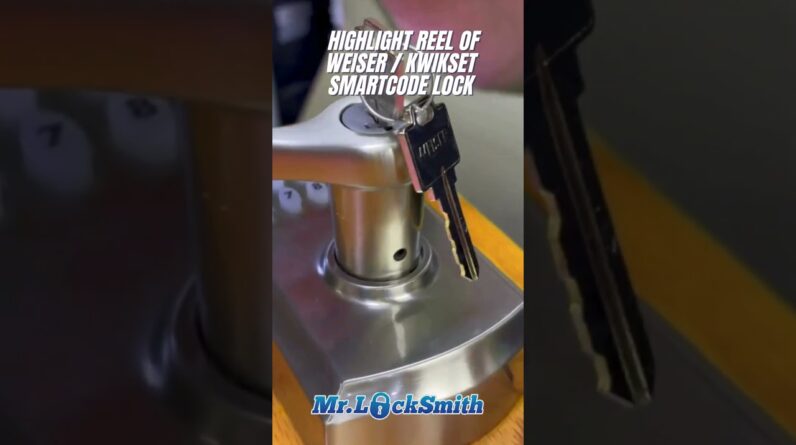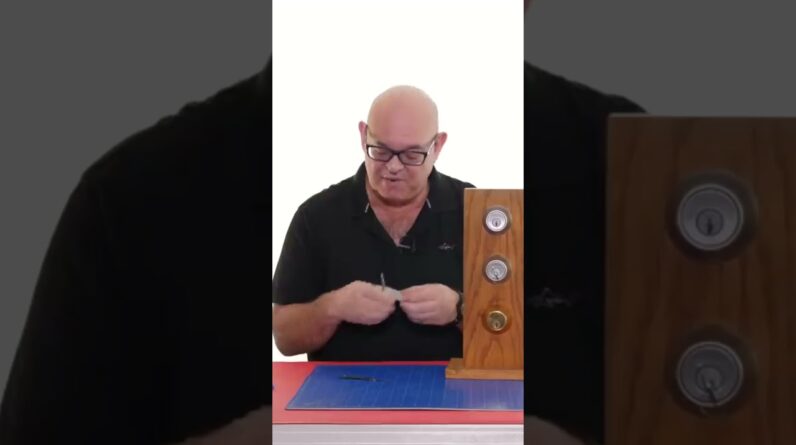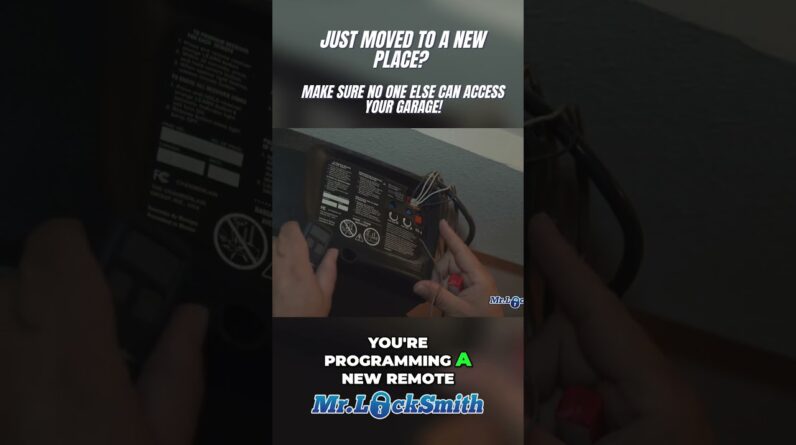Kwikset Deadbolt 780 Review Part 2 | Mr. Locksmith™
Contact Terry Whin-Yates email: Terry@MrLocksmith.com
Online Locksmith Training
https://mr-locksmith-training.thinkific.com/courses/locksmith-course-Become-a-Locksmith
Mr. Locksmith delves into the detailed process of installing, adjusting, and rekeying a D bolt latch. We cover everything from setting the correct backset to how to avoid common installation mistakes such as over-tightening screws, which can lead to jamming. Viewers will learn how to properly insert the tailpiece, test the lock with keys, and understand the function of the cylinder removal key. We also provide troubleshooting tips for removing the cylinder using various methods when the control key is not available. The video aims to equip both novice and experienced locksmiths with vital insights to handle particular lock models efficiently.
Installing, Adjusting, and Rekeying a D-Bolt Latch – The Locksmith’s Guide
At Mr. Locksmith, we dive into the installation, adjustment, and rekeying of a D-Bolt latch, covering everything from backset adjustments to common installation mistakes that can cause jamming. Whether you’re a seasoned locksmith or a DIY enthusiast, this guide will help you install and troubleshoot this type of lock efficiently.
Backset Adjustment & Installation Tips
Right out of the box, the bolt is set to 2-3/8”, but it’s adjustable to 2-3/4” depending on your door’s backset. This is a common issue I get night calls for—people thinking the bolt is too short or that they need a bigger hole. Just adjust the backset, and you’re good to go.
When installing the latch:
Make sure the plate is positioned correctly so the latch moves smoothly.
Lightly snug the screws—over-tightening can put too much pressure on the bolt and cause it to jam.
The D-Bolt Tailpiece & Proper Alignment
The D-shaped tailpiece is designed to fit into the lock in only one way. To avoid improper installation, always have the bolt extended when installing—this prevents misalignment and ensures a smooth setup.
Insert the tailpiece into the thumb turn and test it before securing.
Be careful not to cross-thread the screws when tightening everything into place.
Rekeying & Cylinder Removal
This lock comes with three keys: two for regular use and one cylinder removal key. This key is used to remove the lock cylinder without disassembling the entire lock—in theory.
A common issue occurs when the back screws are too tight, preventing the cylinder from coming out. If that happens, just loosen the back screws slightly, and the cylinder should slide out at the 2 o’clock position.
🔑 Important Note: Never give the customer the cylinder removal key—they might accidentally pull the cylinder out and cause a major problem!
What If You Don’t Have the Control Key?
If you don’t have the special notched key, there are still ways to rekey the lock:
Pick the lock open.
Drill it open if it’s malfunctioning.
Remove the two back screws to take the lock off the door.
Use a Kwikset cylinder removal tool (a.k.a. “pickle fork”) to pry off the clip and access the pins.
Keying Differences: 5-Pin vs. 6-Pin Kwikset
Many of these locks are branded as Kwikset Titan, and though they claim to be discontinued, I still see them being sold online and by locksmith suppliers.
If you’re rekeying, check the key blank type:
KW1 (5-pin) vs. KW10 (6-pin).
The bottom shoulder on the 6-pin key is cut back further, so it requires a different blank.
00:00 Introduction to Bolt Adjustments
00:45 Installing the Bolt and Screws
01:18 Understanding the D Bolt Latch
02:54 Key Testing and Cylinder Removal
04:42 Rekeying the Lock
07:06 Handling Common Problems
12:31 Final Assembly and Tips
16:59 Conclusion and Membership Invitation
#mrlocksmith #locksmith #kwikset
Contact Terry Whin-Yates email: Terry@MrLocksmith.com
Online Locksmith Training
https://mr-locksmith-training.thinkific.com/courses/locksmith-course-Become-a-Locksmith
Mr. Locksmith™
email: Terry@mrlocksmith.com
Locksmith Courses: http://mrlocksmithtraining.com/





